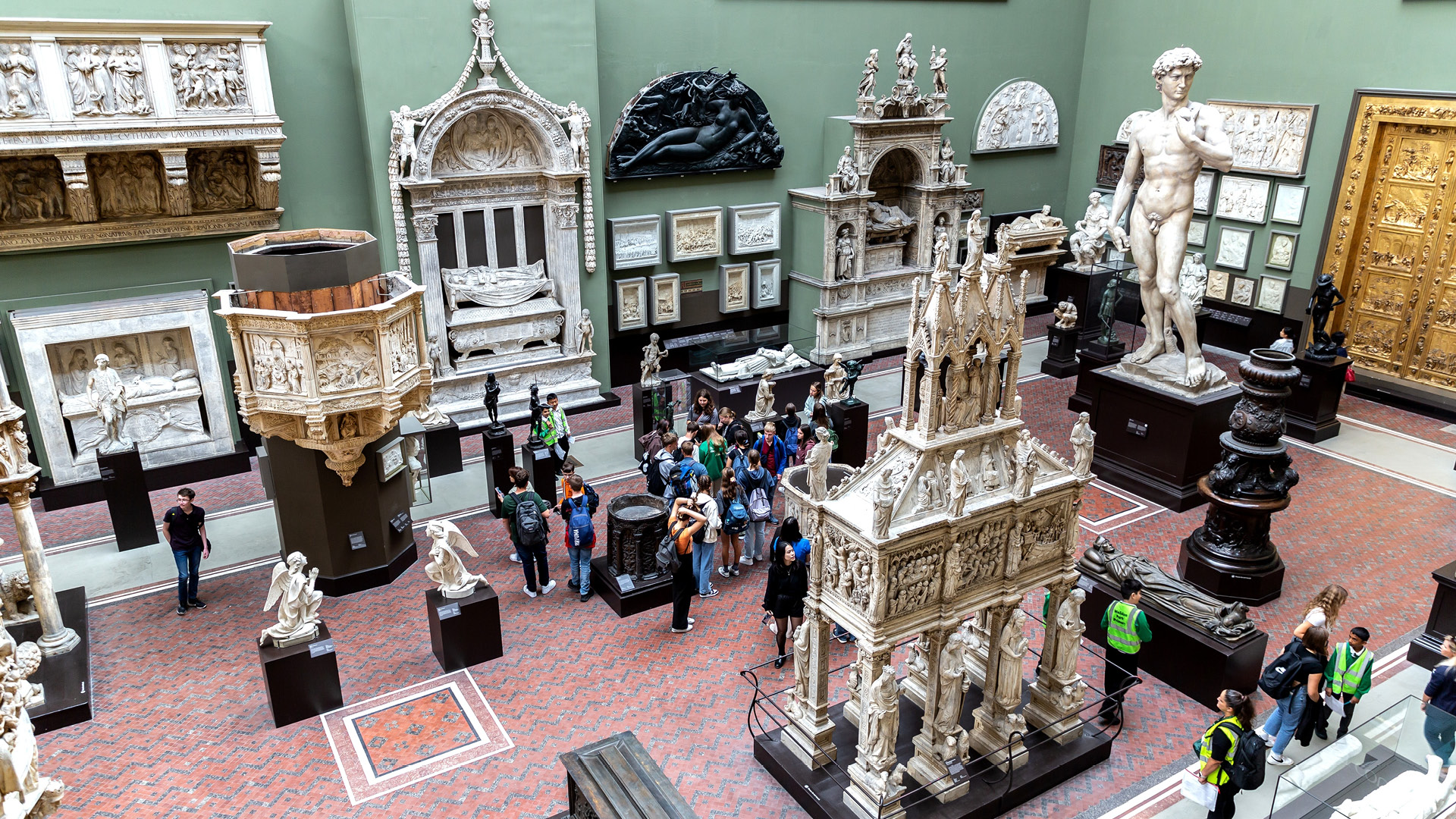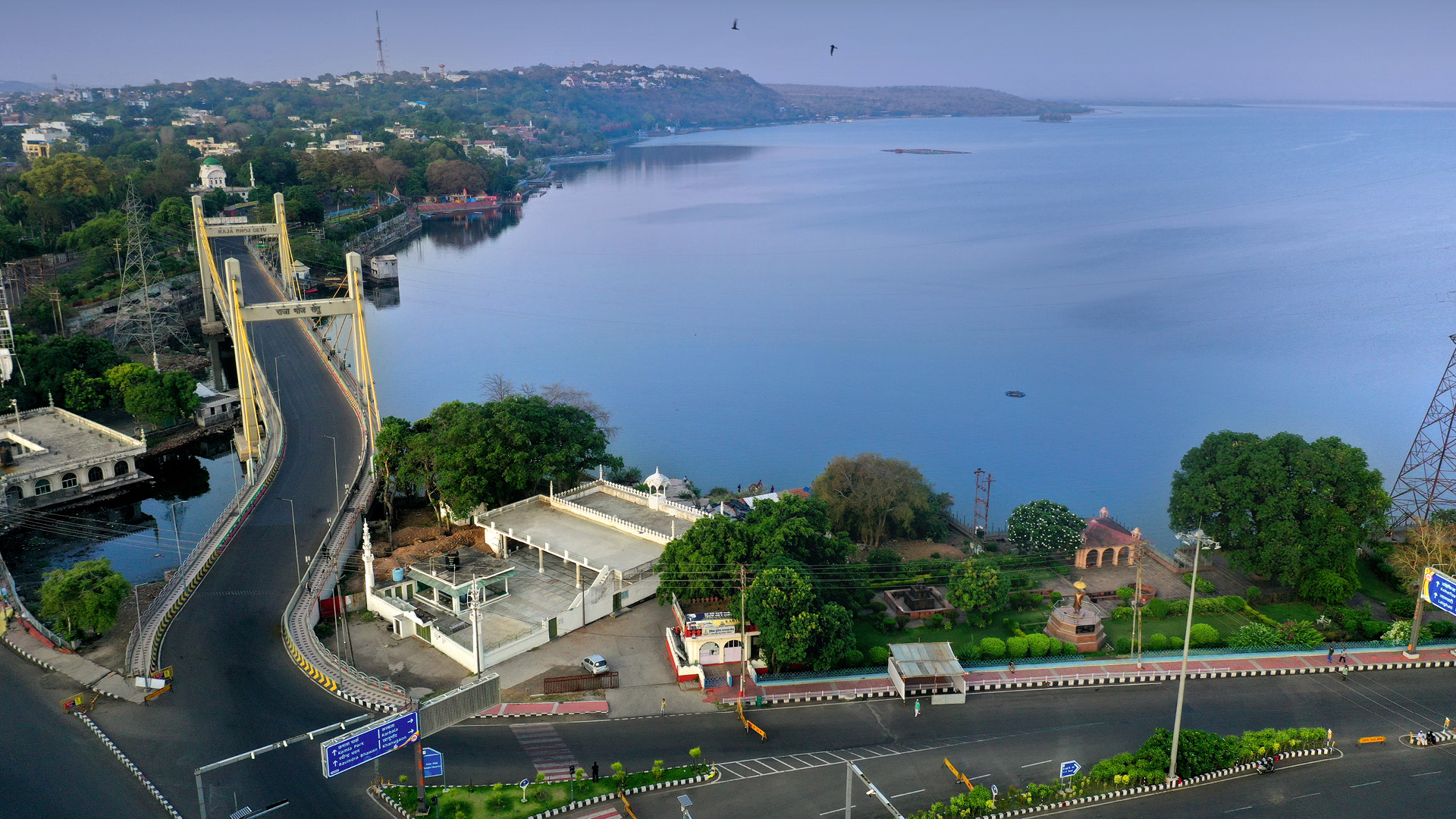Gorgeously green and breathtakingly beautiful, Wales is a small country that doles out splendour in large doses. Ride along with me on a leisurely road trip peppered with ancient ruins, picturesque walks, interesting anecdotes, remarkable landscapes, and towns with tongue-twisting names.
TEXT AND PHOTOGRAPHY BY RISHAD
SAAM MEHTA
Mr Rolls, Ruins, and Doom
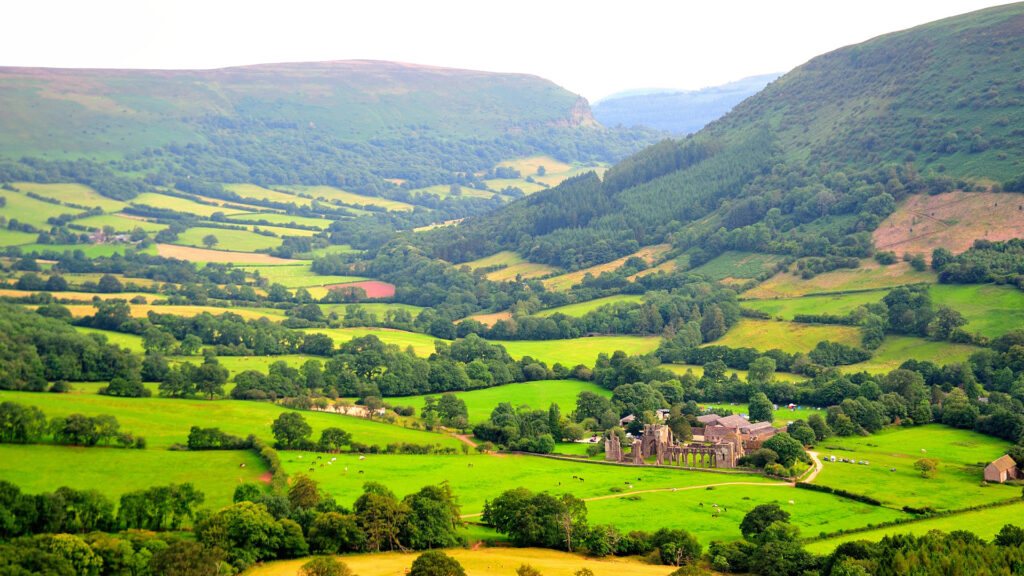
the gorgeous green meadows of the Vale of Ewyas.
A part of the United Kingdom, along with England, Scotland, and Northern Ireland, Wales is located to the west of England. Interestingly, itʼs surrounded by water on all other sides—the Irish Sea in the north, Bristol Channel to the south, and the Celtic Sea to the south-west. A land of green meadows, tranquil lakes, and jagged peaks, it also has some of the best driving roads in the UK. For me thatʼs reason enough to head out on an exploratory road trip.
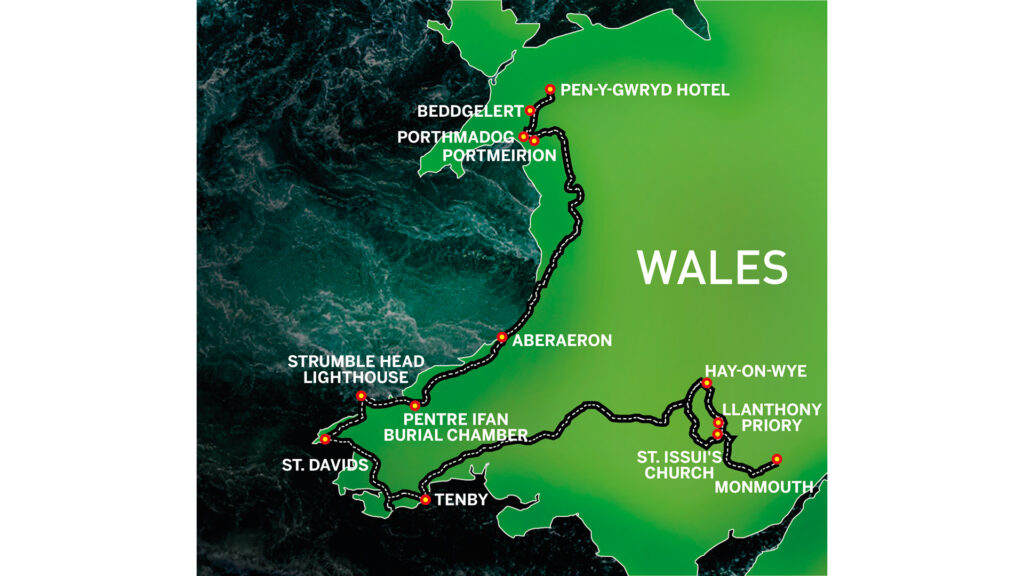
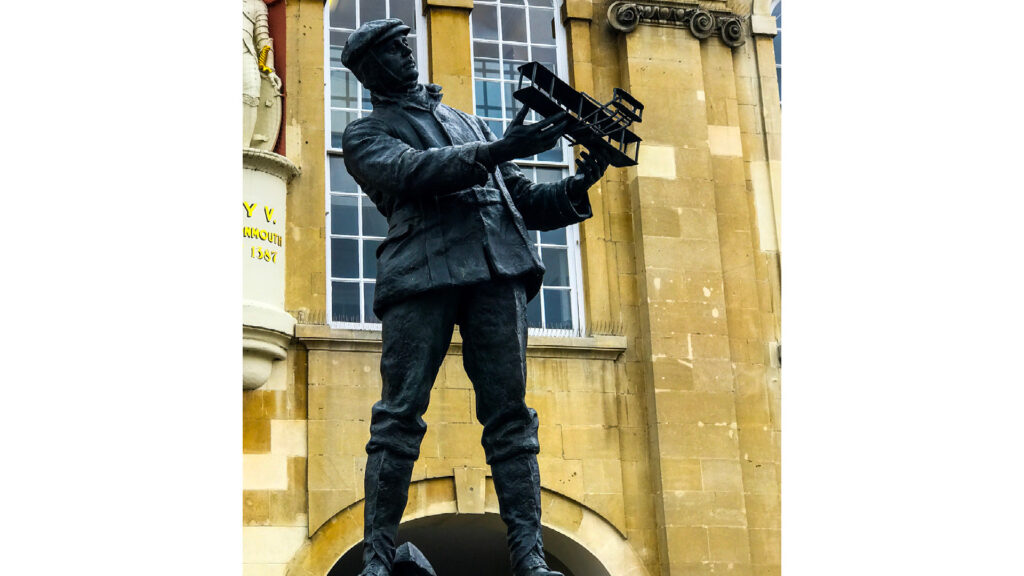
I start my journey from London in a sporty Mini John Cooper Works Special, and my first point of entry into Wales is the small border town of Monmouth. Historic and quaint, it features all the hallmarks of a Welsh market municipality—ancient bridges, winding rivers, bustling shopping streets, old-world pubs, and more. Among its many attractions is the statue of a man, in Agincourt Square, holding the Wright Flyer (the worldʼs first aeroplane) in his hands. This is Charles Stewart Rolls, co-founder of Rolls-Royce Motorcars, an avid aviator, and one of Monmouthʼs most famous residents. On 2 June 1910, he became the first person to fly across the English Channel and back non-stop! Encouraged by his adventurous spirit, I head on to my next stop—Hay-on-Wye, about 64 kilometres north of Monmouth.
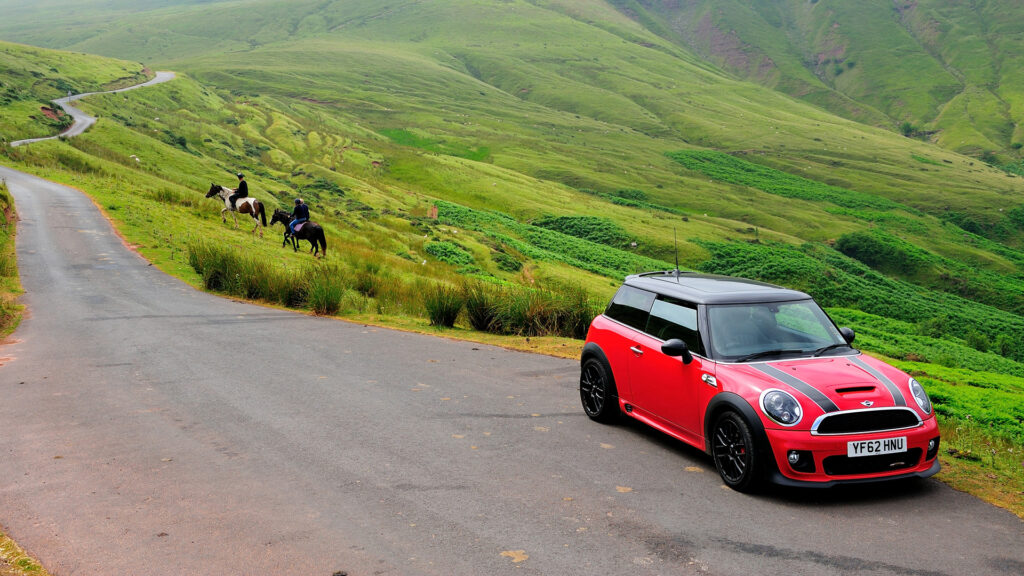
Itʼs a scenic drive, as expected, and my route takes me past the regal Raglan Castle, a sprawling fortification that has, over the centuries, transitioned into a stately residence. From here, I head north through the Valley of Wye. This beautiful road runs along the Honddu River and is bordered by lush green meadows that are criss-crossed with streams and horse-riding trails. Further on, lies the Vale of Ewyas, a secluded, outstandingly gorgeous valley set against the Black Mountains. In addition to beautiful vistas, the vale is home to the ruins of the 13th-century Llanthony Priory. Visitors can wander around this Augustinian church and indulge in cream teas in the little café in the catacombs.
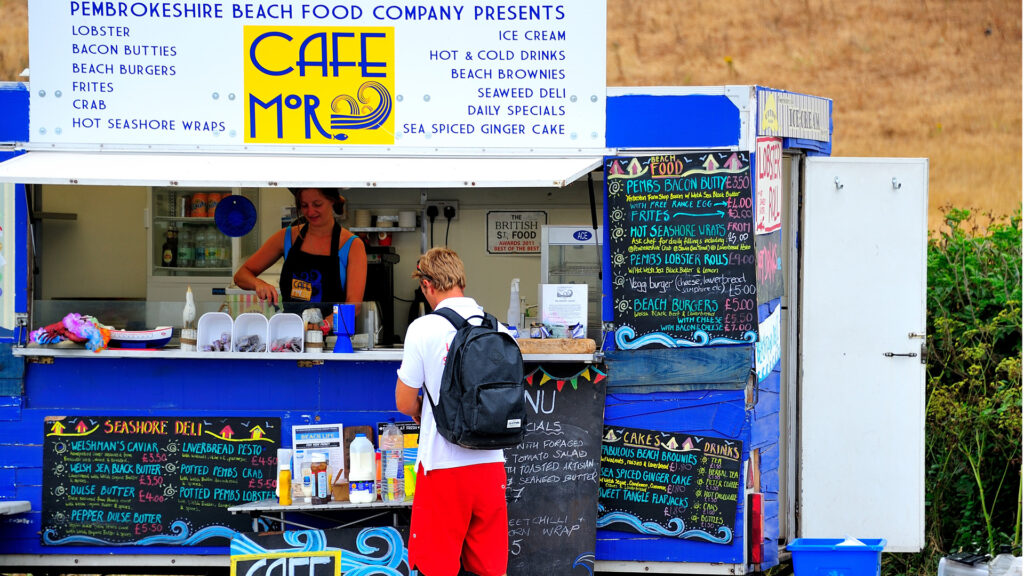
several tasty options.
It’s afternoon by the time I drive into Hay-on-Wye. This compact village is famous for one thing—second-hand books. Literally millions of books are on sale here, in every nook and cranny. Itʼs not just the alleyways that are crammed with bookshops; even the castle, fire station, and cafés moonlight as bookstores! One of the booksellers even tells me to drive out to St. Issuiʼs Church, Partrishow, about 42 kilometres away. “Thereʼs one book there that you certainly want to see,” she says with a twinkle in her eye. She was right. The setting of the little stone church in Grwyn Valley is worth it. Nestled amid serenely quiet hills, all I can hear is the bleating of lambs gamboling around the grounds and the gleeful gurgle of a nearby brook. Inside the church, a medieval painting depicts the figure of Doom, replete with spade, scythe, and hourglass—a reminder of lifeʼs limited time span. I spot the ʻbookʼ the bookseller had hinted at: itʼs a bible in Welsh dating back to 1620, a very rare piece, indeed.
Sand and Dobby’s Socks

The next day, I take the A40, A477, and A478, from Hay-on-Wye to the seaside town of Tenby, at a distance of about 148 kilometres in south-west Wales. The landscape is intermittently draped with rolling green fields bordered by little hills. The region I am in now is called Southern Pembrokeshire—home to the Pembrokeshire National Park. Avid walkers love this region, featuring imposing headlands jutting out into the thunderous Celtic Sea, dramatically beautiful beaches, and the Pembrokeshire Coast Path National Trail that passes through some of Britain’s most remarkable scenery. And Tenby’s beaches are known to have the best sand to build sandcastles and sculptures.
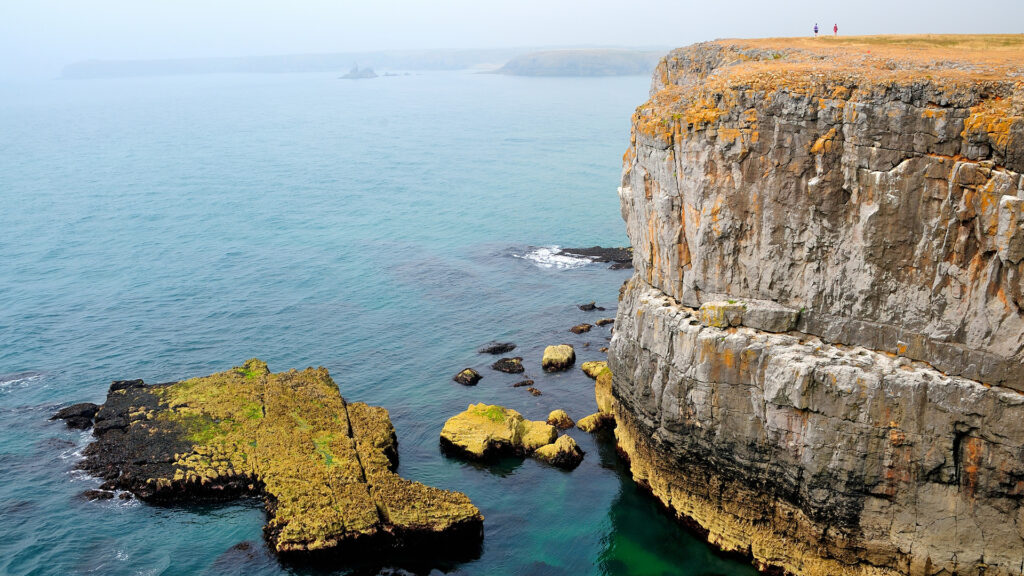
Coast Path.
Since I am not artistically inclined at all, I forgo creating a masterpiece on the beach. Instead, I drive to the Stackpole Estate car park, the starting point of a walk that is a part of the afore-mentioned trail. My 2.5-hour-long, invigorating coastal trek here covers a 13-kilometre round trip that goes past two beaches and over craggy seaside cliff tops— the boom of crashing waves at the latter is simply deafening.
I’ve worked up a good appetite by now and drive to Freshwater West, a nearby beach loved by surfers. Here, I enjoy some amazing food at a beach shack without a modicum of guilt. My choice? A juicy burger layered with Welshman’s caviar, a type of hand-picked laver seaweed that is dried and toasted to bring out its flavour. Divine! The hauntingly mystical beach is famous for another reason, too. The emotional scene featuring the death of Dobby, the house elf, in Harry Potter and the Deathly Hallows Part 1 was shot here. Harry Potter fans have even built a makeshift memorial to Dobby on the beach, and often leave socks there, since socks are symbolic of the elf’s freedom from the Malfoys!
Wicked Vikings and Bluestone
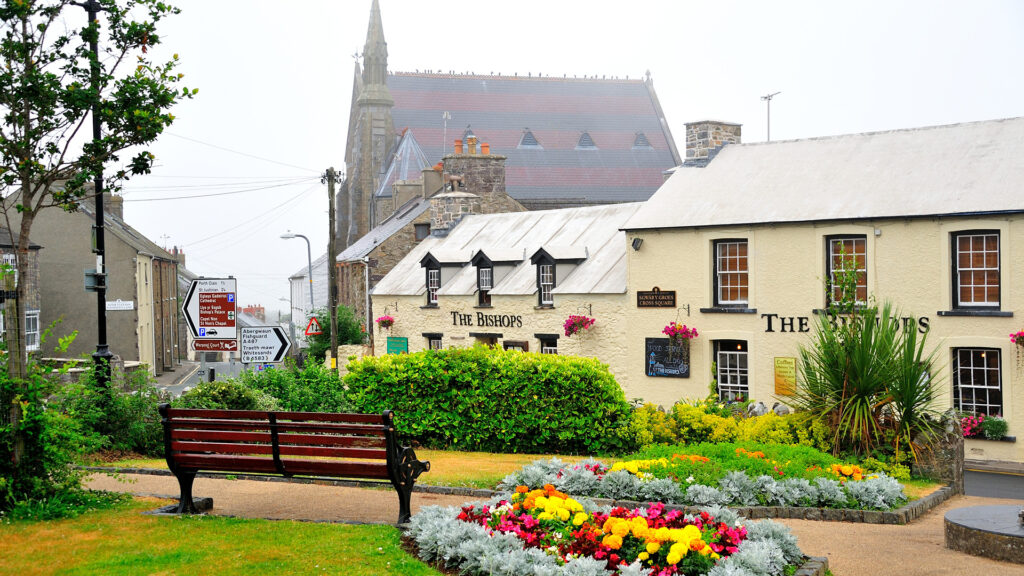
The next day, I continue my drive north, up the Pembrokeshire Coast to St. Davids, Britain’s smallest city, named after the eponymous saint who founded a monastic community here in 6th century AD. His relics are kept in a casket in the cathedral that, though hardly visible from just about anywhere in town, is a surprising, stunning sight to behold once it comes into vision. Its seemingly hidden location is not by chance; the structure was built in a hollow to stop Viking boats from spotting it from the sea and raiding it. All in vain, since the cathedral was sacked at least seven times by Norse raiders. The interiors are still magnificent, though a bit skewed due to an earthquake in 1248. The carvings on some of misericords are quite humorous—one of them depicts people in a boat, with a person being seasick over the side. A popular pilgrimage spot, the city draws large crowds during the annual St. Davids Cathedral Festival. This year it will be held from the 24 to 29 May, and promises six days of world-class music.
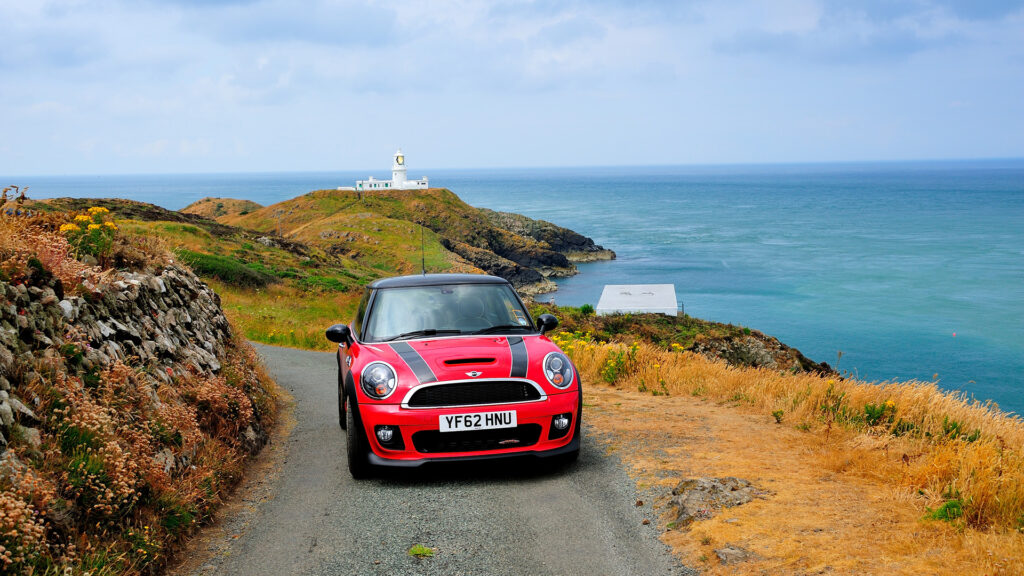
The drive upwards from St. Davids on the A487 captures my heart. Not only is it supremely picturesque, with the azure Celtic Sea suddenly bursting into sight around a corner, it’s also a perfect mix of curves and straight sections that are a driver’s delight. I find myself smiling from ear to ear at the wheel. My destination for that day is Aberaeron, along the North Pembrokeshire coastline, but I’m not in any hurry. So, along the way, I detour off the highway to check out the Pentre Ifan Burial Chamber, set in the dark, atmospheric Preseli Hills. The giant Preseli bluestone slabs that form Stonehenge came from here. Dating back to 3,500 BC, Pentre Ifan is a seven-stone enigma; the jury is out on what it actually was. And, how on earth did they get these massive stones from here to Stonehenge, 290 kilometres to the east?
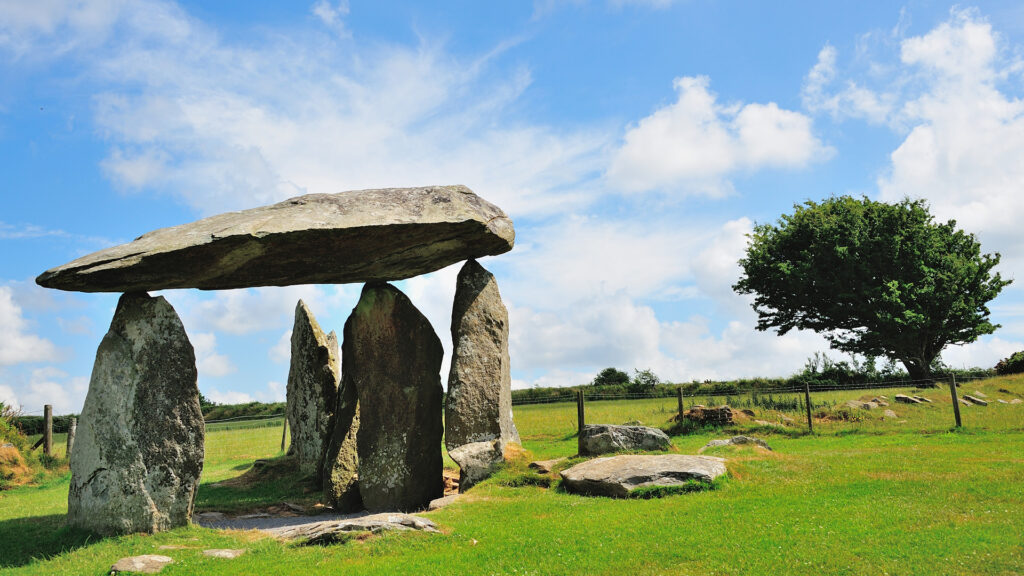
A Whimsical Village and Revered Boots
I had no answer to that question when I drove into Aberaeron that evening. This small, 18th-century fishing village is dotted with brightly coloured cottages lining its harbour. As it’s a hot day, several local kids jump into the water, while senior citizens enjoy a session of fishing against a backdrop of a sky rendered orange by the setting sun. I spend a nice evening enjoying honey-flavoured ice-cream while strolling along the coast.

The next day, I have a long drive ahead of me to Porthmadog, 117 kilometres away in Gwynedd county, home of the Snowdonia National Park. But I stop just short of my destination at Portmeirion. This enchantingly fantastical village was created in the 1920s by Welsh architect Sir Clough William-Ellis as testimony to the fact that architecture can be intriguing and whimsical. Honestly, the collection of buildings looks like a mishmash of styles and periods as William-Ellis picked up bits and pieces of stately mansions to create this delightful seaside oddity.
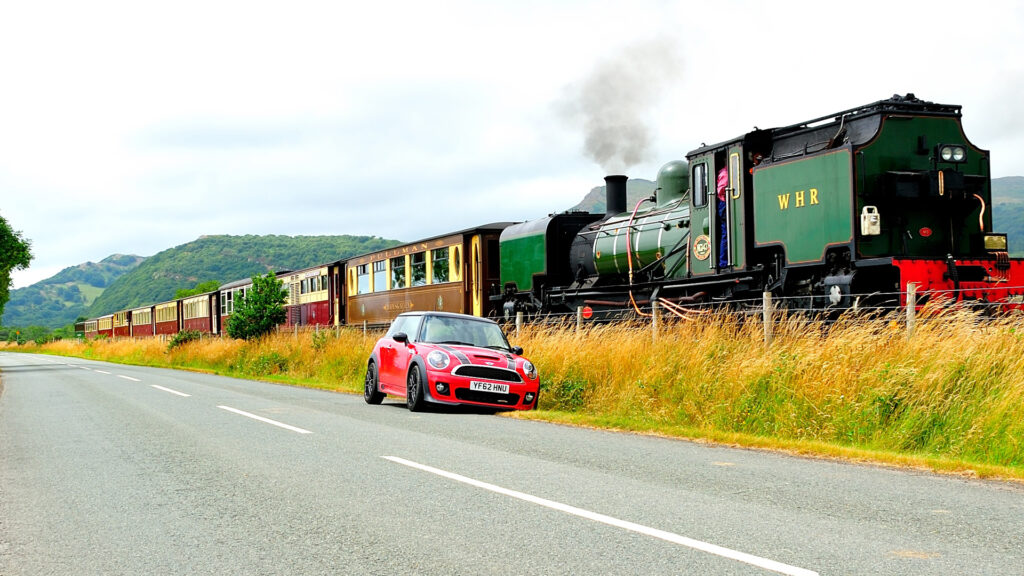
Shortly thereafter, I reach Porthmadog, located deep inside Snowdonia National Park. From here, I take the Welsh Highland Steam Railway to the village of Rhyd Ddu (pronounced Rhid-Dee), the starting point for an ascent up Mount Snowdon. It’s a lovely experience chugging through the highlands listening to the rhythmic hiss of steam and the clatter of wheels on the track. The walking trail up the mountain starts, literally, from the railway platform itself and takes about four hours for a round trip. The views are breathtaking the entire way. A local resident tells me to drive north from there and stop at the junction where the A498 meets the A4086. I follow her advice and bless her soul as I end up experiencing my most stunning
drive in Wales.
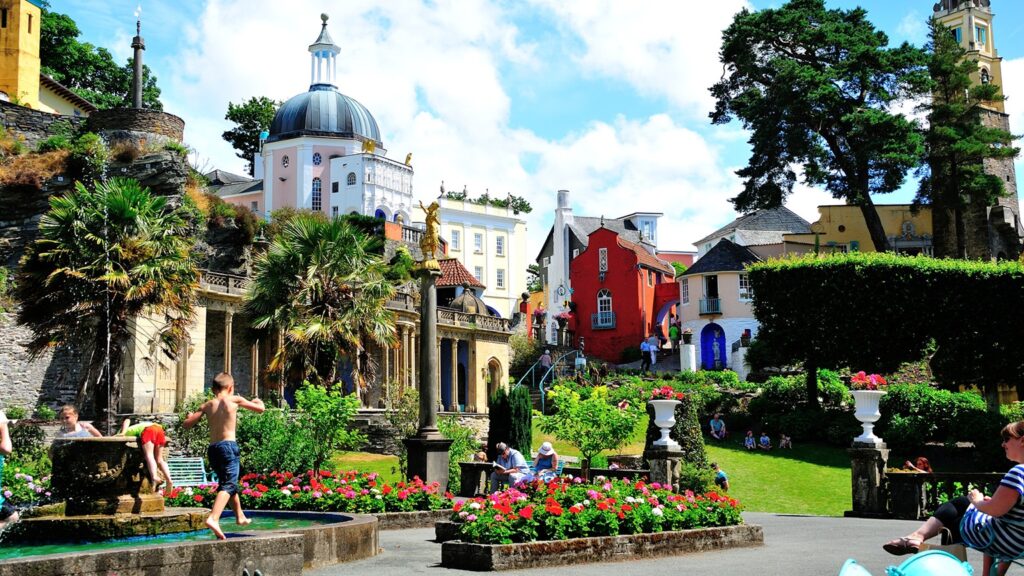
It’s also where I find the Pen-y-Gwryd (PYG) Hotel. The crumpled Snowdonia topography surrounding the hotel is where the Everest Team, including Tenzing Norgay and Edmund Hillary, trained before their successful ascent of Mt. Everest in 1953. They used the PYG as a training base, and the boots they wore to climb the Everest hang from one of the hotel’s ceilings even today!
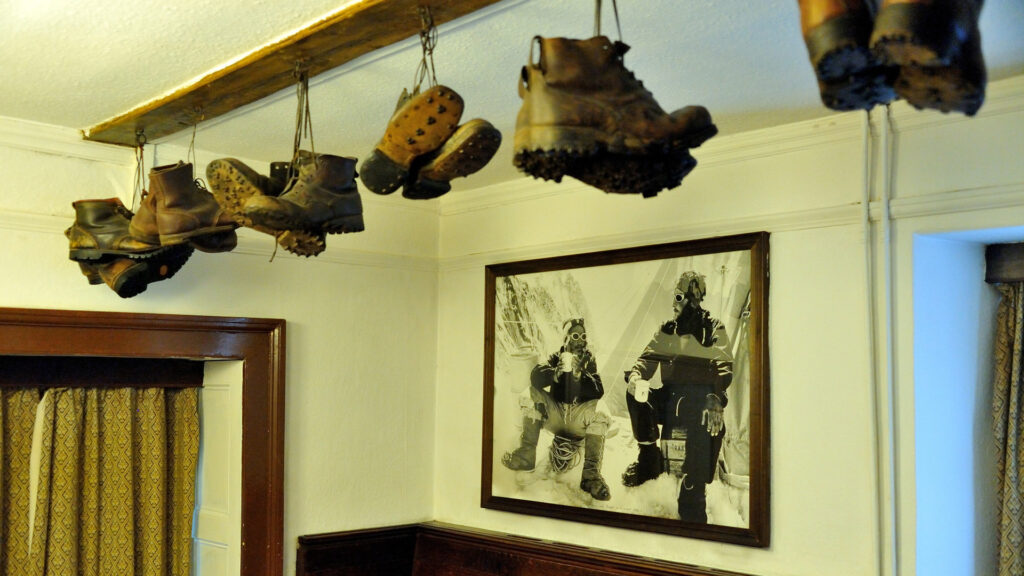
in 1953 at the Pen-y-Gwryd Hotel.
As I sit under those very boots, I look out of the window, see my red Mini car, and realise that some journeys are truly and irrevocably everlasting.
Related: A Traveller’s Take On Durban’s Many Urban And Cultural Delights

